As we reported on Thursday, a new Proton model variant has been introduced – as intimated, it’s Saga-based, although it has a new suffix. The Proton Saga SV was officially launched at the Proton Edar Platinum Showroom in Mutiara Damansara earlier this morning.
The Saga SV, the acronym standing for Super Value, becomes the cheapest Proton currently available. A Proton spokesman said it is not meant as a replacement for the FLX Standard variant, which from RM38,361 (manual, solid), comes with additional minor kit such as first aid kit, safety triangle, tinted windows, luggage tray, door visor and trunk lid cover.
Incidentally, the more eagle-eyed will notice that the car features both FLX and SV badging on the tailgate. The car is part of the Saga FLX model range, but will simply be known as the Saga SV.
To those curious as to the whereabouts of the “FLX+” that was part of the ASEAN NCAP phase one testing programme, it’s likely an internal code to designate the improvements made to the range, of which the Saga SV is part of.
The car is ASEAN NCAP three-star rated, and features a number of safety improvements. It now features two airbags, and both front and rear impact aspects have been upped – the front features a new bumper beam and additional reinforcement, while the rear bumper gets packed with foam.
Also on, a reinforcement “V” bar in the rear bulkhead that separates the boot from the cabin. The front door also features side impact reinforcement bars, while the centre pillar has also been strengthened. All these safety improvements have been implemented across the entire Saga FLX range, with some being quietly introduced some months back.
The rear centre lap seatbelt has been replaced with a three-point seatbelt, and the front seatbelts now have pre-tensioners. The Saga SV also features a child restraint anchorage for the rear seats.
No mechanical changes to the powertrain – the car is equipped with the same 94 hp and 120 Nm 1.3 litre CamPro IAFM mill as found on the rest of the FLX range. Equipment on the Saga SV includes a single-DIN CD player, reverse sensor and 13-inch steel wheels.
On the exterior, the SV goes the same route as the FLX Standard, with unpainted door handles and side mirror covers and no fog lamps. The rear garnish is now unpainted while the tail pipe finisher has been removed.
With that, let’s get to the pricing – the Proton Saga SV is available in both manual and CVT versions; the manual goes for RM33,438 (solid) and RM33,888 (metallic), while the CVT is priced at RM36,438 (solid) and RM36,888 (metallic), all on-the-road with insurance. That’s almost RM5,000 cheaper than the FLX Standard 1.3, the previous entry-level Saga.
At the launch, the company took great pains to reiterate the point made by Proton deputy CEO Datuk Lukman Ibrahim earlier in the week, which was that the Saga SV’s low price was achieved through value analysis and engineering, with no cut in safety, quality and comfort. Proton said that the new price is not a margin cutting exercise, nor is it a promotion, discount or a rebate.
Six colours are available for the car, these being Solid White, Elegant Brown, Tranquility Black, Fire Red (previously exclusive to the Saga 1.6 SE), Genetic Silver and Blue Rock. The Proton Saga SV comes with a three-year/100,000 km warranty.
AD: Drive the Proton model of your dreams. Submit your details and Proton PJ will get in touch with you.
Looking to sell your car? Sell it with Carro.

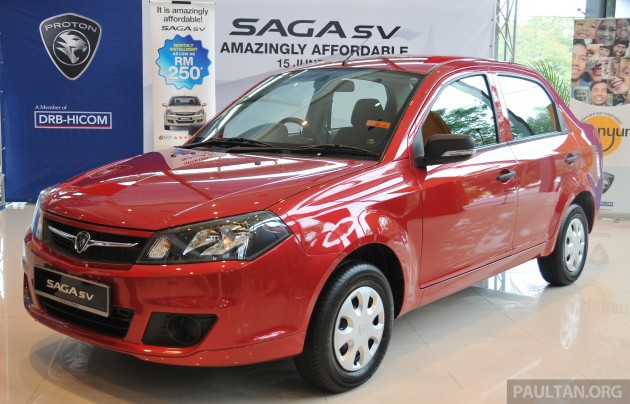
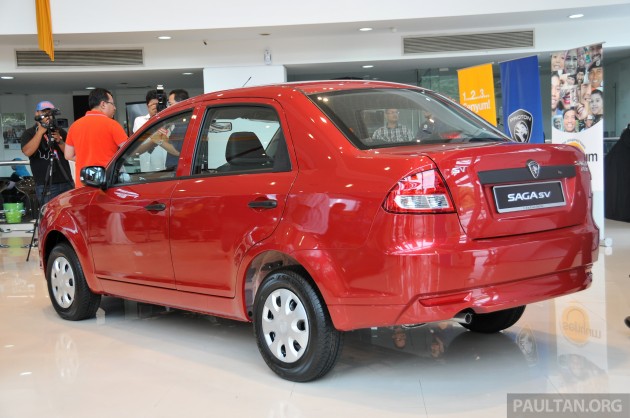






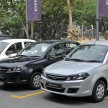
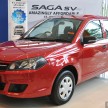
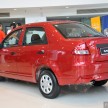
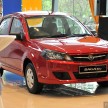

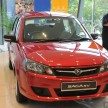
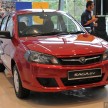

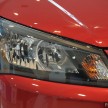
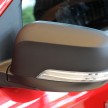

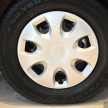
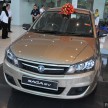
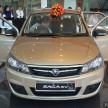

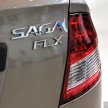
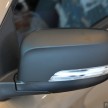
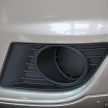
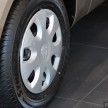
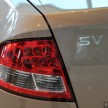
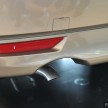
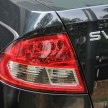
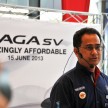

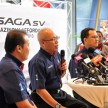
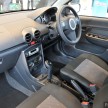
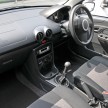
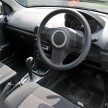
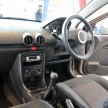
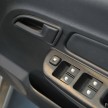
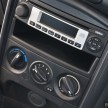
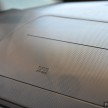
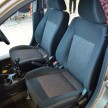
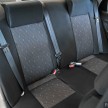
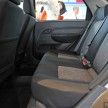
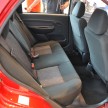

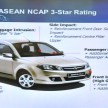

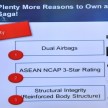
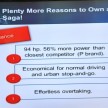
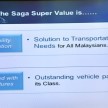
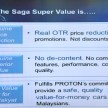
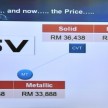
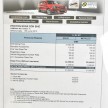



















AI-generated Summary ✨
Comments on the Proton Saga SV highlight that it is a significant upgrade with increased safety features like dual airbags and reinforced structures, and a competitive price point around RM33,438 OTR, making it an attractive option for budget-conscious buyers. Critics mention that the design appears outdated and less refined compared to Japanese models, and some note the removal of features like tailpipe and alloy wheels to reduce cost. Concerns about quality, reliability, and safety also surface, with many emphasizing the need for Proton to improve QC and aftersales service. Overall, sentiments combine appreciation for Proton's efforts to offer a more affordable, safer car with criticisms regarding design, features, and perceived quality issues.